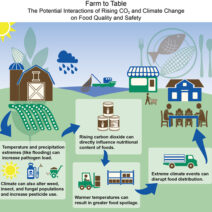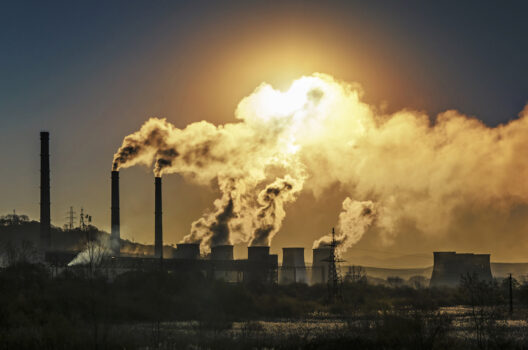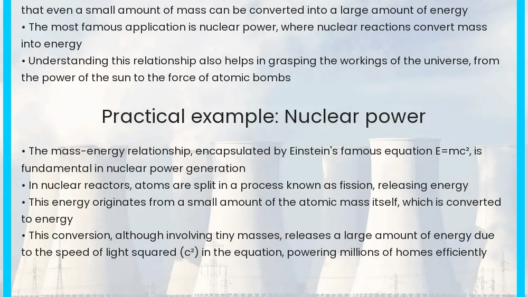The Law of Conservation of Energy is one of the foundational principles of physics, and it permeates the very fabric of our understanding of the universe. This essential tenet posits that energy cannot be created or destroyed; rather, it can only be transformed from one form to another. The implications of this law extend far beyond the realm of science, influencing the environmental policies and energy practices that govern our day-to-day lives. In exploring this key principle, we delve into its definition, its diverse manifestations, and its profound implications for our understanding of the natural world.
Understanding the Law of Conservation of Energy requires an exploration of its definition as well as its fascinating applications across various domains.
What Does the Law of Conservation of Energy Entail?
The Law of Conservation of Energy articulates a fundamental aspect of nature: within an isolated system, the total amount of energy remains constant. This law implies that energy may change forms—think kinetic energy transforming into thermal energy during friction or potential energy being converted into kinetic energy when an object falls—but the aggregate energy within that system does not fluctuate. It is a steadfast principle that stands against the whims of entropy, a reminder that energy is a persistent entity that dances through different forms rather than vanishing into oblivion.
This concept is often illustrated with the example of a roller coaster. At the highest point, the roller coaster possesses maximal potential energy. As it plummets, that potential energy transforms into kinetic energy, eventually reaching its peak speed at the lowest point of the track. This oscillation between forms is not just a captivating experience for thrill-seekers but a demonstration of the conservation principle in action.
Variations of Energy: Forms and Transformations
Energy manifests in myriad forms, each with unique characteristics and applications. Understanding these varieties illuminates the ever-present nature of energy around us.
One of the primary distinctions is between kinetic energy, the energy of motion, and potential energy, the energy stored in an object due to its position. For instance, a boulder perched atop a cliff holds substantial potential energy. As it cascades down, that energy converts into kinetic energy, further underscoring the law at work.
Thermal energy represents another crucial form, infused with implications for our environment. The heat energy generated by the sun fuels photosynthesis, heralding the genesis of life on Earth. This transformation reflects how solar energy is harnessed by plants, illustrating a fundamental ecological principle: energy flows through ecosystems, powering life cycles and biological processes.
Moreover, chemical energy encapsulates the energy stored within the bonds of chemical compounds. This stored energy is released during reactions, a process fundamental to everything from combustion engines to biological metabolism. The conversion from chemical energy in food into kinetic energy for human movement is an everyday manifestation of this principle.
The intricate web of energy transformations reveals the interconnectedness of all entities in our environment, emphasizing how the energy we utilize is merely a transformation, not a creation. Each transition can invoke vital aesthetic appreciation for the processes that sustain life, such as the impeccable beauty of nature, where energy fuels growth, movement, and change.
Practical Applications of the Law of Conservation of Energy
The practicality of the Law of Conservation of Energy extends into realms such as engineering, environmental science, and sustainability practices, showcasing the importance of energy management in our modern world. In the realm of renewable energy, understanding energy transformations is indispensable for harnessing resources effectively. For instance, solar panels convert sunlight into electrical energy, illustrating a direct application of the conservation principle.
Redirecting focus towards sustainable practices, energy conservation becomes pivotal in mitigating climate change impacts. By emphasizing efficiency in energy use—whether through better insulation in buildings or energy-efficient appliances—we consciously engage with the law of conservation, ensuring that the energy we consume is maximized and waste is minimized. This conscious approach to energy usage not only benefits individual households but also reverberates at a community and global level.
In the context of environmental activism, the Law of Conservation of Energy serves as a powerful reminder that every action involves a transformation of energy. Whether advocating for cleaner energy sources or supporting policies that promote renewable energy development, the understanding of energy conservation paves the way for a sustainable future.
The law emphasizes responsibility in energy consumption—an ethos that underscores the profound interplay between society and the natural world. Engagement at the community level to educate and implement energy-saving initiatives serves as an endeavor toward harmony with our planetary ecosystem.
No exploration of the Law of Conservation of Energy is complete without acknowledging its philosophical undertones, inviting us to reflect on our relationship with the universe. The law underscores the permanence of energy—an entity that traverses forms yet remains unwavering. The implications are profound: as energy transforms, so too do we, becoming a part of the intricate tapestry of existence. Understanding the conservation of energy beckons an appreciation for the interconnectedness of all life, illuminating paths towards a balanced and sustainable coexistence.
In conclusion, the Law of Conservation of Energy encapsulates a principle that is as foundational as it is transformative. Recognizing its diverse forms and practical applications invites a deeper appreciation for energy’s role within the universe, urging us toward conscious consumption and intentional stewardship of our resources. With this understanding, a clearer path toward sustainability and environmental harmony emerges, encouraging us all to engage in the mindful practice of energy conservation, ultimately benefiting our planet and future generations.







